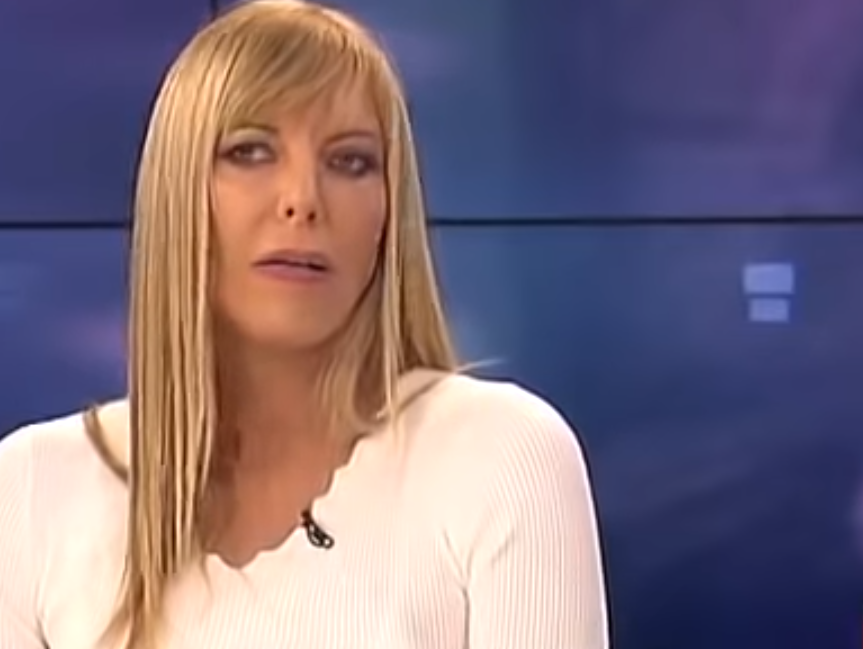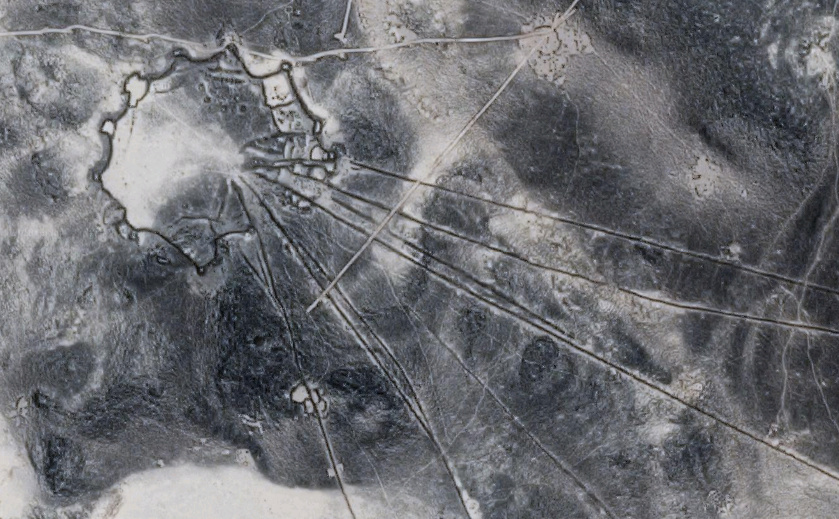I listened to another episode of David Garfinkel’s Copywriters Podcast today.
This episode was about the old writing maxim “Show, don’t tell.”
I wasn’t 100% clear what David’s position was on this idea.
But it did get me thinking of the sales letter I am currently writing, for my own book on essential oils.
The version 1.0 lead for this sales letter was a placeholder, and a lame placeholder at that:
Essential oils — Mother Nature’s miracle cure…
Or an expensive gimmick peddled by multi-level-marketing companies?
Well, a little bit of both.
Here’s the truth: essential oils can really be a wonderful help for issues like… [yadda yadda yadda]
After I listened to David’s podcast, I went back and rewrote this in a “Show, don’t tell” way:
Back in May 2017, a woman in Florida thought she was preparing a nice bath for herself.
Like many times before, she added some essential oils to Epsom salts, and let this sit for 30 minutes before adding it to her bathwater.
She then got in.
This time, however, the bath wasn’t the usual relaxing nighttime routine.
Instead, she got painful burns on her back.
“Normal brand essential oils,” she later wrote, “and coconut oil took the red burns away, but did I do something wrong?”
[it then goes on to explain what she should have done]
More effective?
I think it is.
This “show, don’t tell” approach is something I actually do all the time when writing sales emails.
For example, when I look at the 10 emails I wrote for RealDose Nutrition’s new front-end email sequence, exactly half kick off with a story that “shows” either the problem or the benefit.
Does it work?
Well, the new sequence is outperforming the old one by 30%.
So you can say it’s “Show and sell.”
Anyways, if you want to know more about the little tricks I built into that email sequence, and others I wrote for RealDose, check out my upcoming book. It’s free if you sign up for it now, $17 when it goes on sale:



